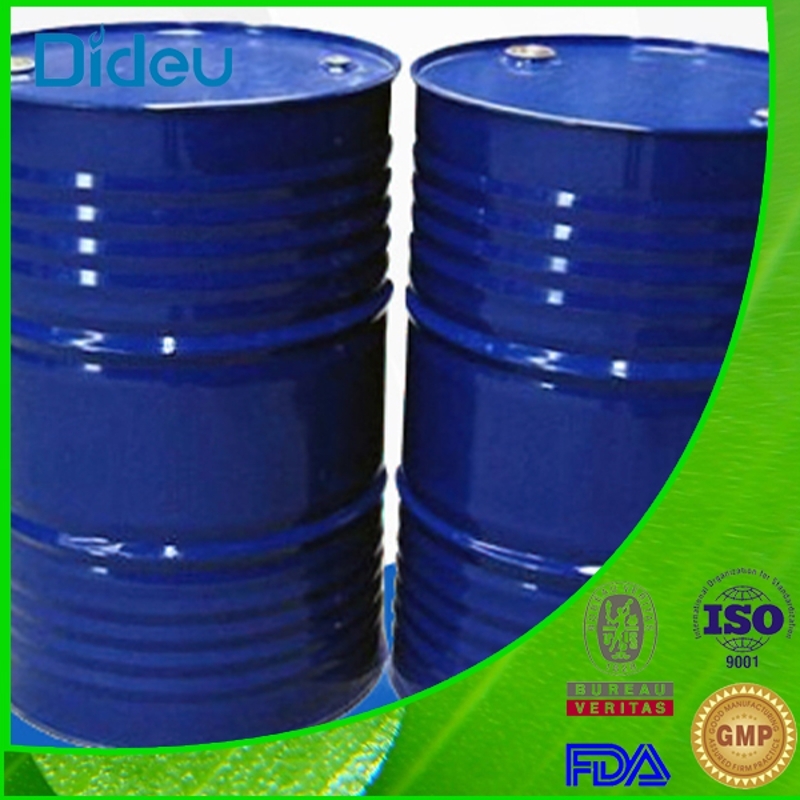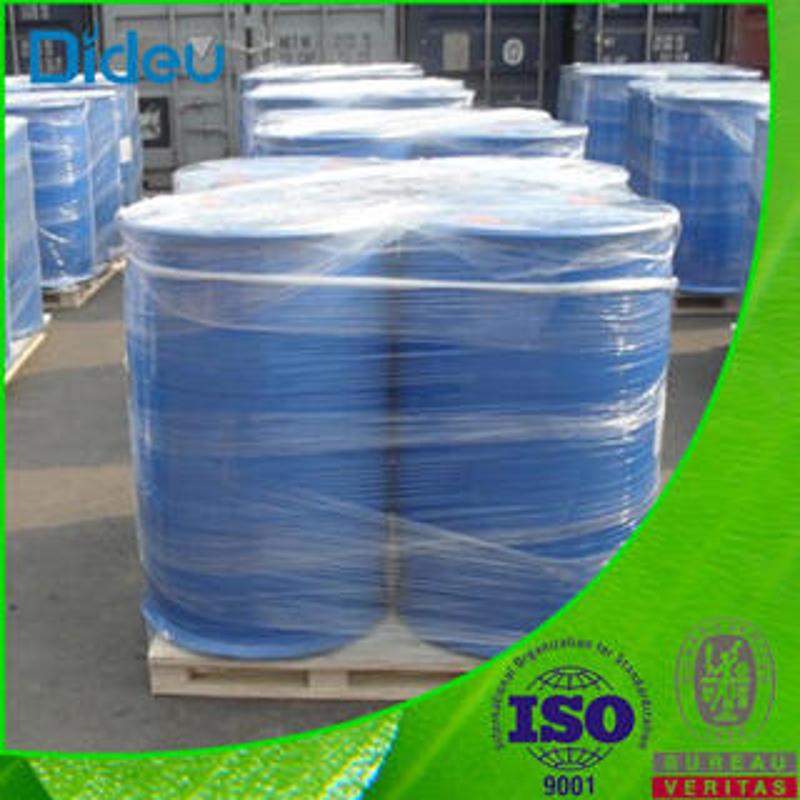-
Categories
-
Pharmaceutical Intermediates
-
Active Pharmaceutical Ingredients
-
Food Additives
- Industrial Coatings
- Agrochemicals
- Dyes and Pigments
- Surfactant
- Flavors and Fragrances
- Chemical Reagents
- Catalyst and Auxiliary
- Natural Products
- Inorganic Chemistry
-
Organic Chemistry
-
Biochemical Engineering
- Analytical Chemistry
-
Cosmetic Ingredient
- Water Treatment Chemical
-
Pharmaceutical Intermediates
Promotion
ECHEMI Mall
Wholesale
Weekly Price
Exhibition
News
-
Trade Service
Formulation characteristics
The system can achieve the goal of reducing VOC emissions and pungent odors without using any film-forming auxiliary products.
At the same time, real clean taste and ultra-low VOC are realized.
Choose VAE emulsion, so that freeze-thaw stability, low odor, ultra-low VOC and basic performance of latex paint meet the national standard requirements.
Application field
This product is mainly used for interior wall decoration.
Recipe details (parts by mass)
Production Method
The components are mixed uniformly, ground, sieved, and packaged.
Precautions
The proportion of each component of this product is in the range of: vinyl acetate-ethylene emulsion 13-20, pigments and fillers 40-50, deionized water 33-38, wetting and dispersing agent 0.
This product selects the VAE emulsion which overcomes the lack of freeze-thaw stability and other properties of most styrene-acrylic or pure acrylic polymer base materials as the base material of latex paint, which is characterized in that the hydrogenation effect of vinyl acetate makes it water-plasticized.
That is, water can lower the minimum film-forming temperature of vinyl acetate emulsion like a film-forming assistant; meanwhile, the glass transition temperature of ethylene is -68C, which has a unique internal plasticizing effect, so that the low-temperature film-forming properties and high vitrification of the emulsion can be achieved.
It is also characterized by the need to choose a VAE emulsion, mainly a VAE emulsion that overcomes the effects of vinyl acetate monomer residues and other polymerization residues that affect performance and odor.
Such as Celanese's low-odor, zero-VOC polymer Celvolit-1617, 1788, 1603 and other VAE emulsions, American gas chemical low-odor, zero-VOC polymer Airflex EZ-3010, EF-3777, EF-711 and other VAE emulsions, As well as other VAE emulsions or mixtures thereof; this formula is preferably Celvolit-1617, 1788, 1603 and other VAE emulsions of Celanese, USA.
The pigment and filler are one or a mixture of two or more of titanium dioxide, heavy calcium carbonate, kaolin, and mica powder.
The film-forming aid may be Texanol, C12 alcohol ester, propylene glycol phenyl ether, PPH, hexyl adipate solvent, dibutyl phthalate, dioctyl phthalate, etc.
The wetting and dispersing agent is composed of polycarboxylate dispersant, sodium hexametaphosphate and wetting agent.
The dispersant can choose Nopco-5040, Rohm and Haas Express, Jinyuan Chemical TCP-8045 and other polycarboxylate dispersant products and sodium hexametaphosphate.
The cellulose thickener is carboxymethyl cellulose or hydroxyethyl cellulose or methyl hydroxyethyl cellulose, such as 250HBR produced by Achonlong or Akzo Nobel EBS-451, 411, 481FQ or Dow Chemical QP -15000, QP-30000 or other manufacturers or their mixtures, etc.
The polyurethane thickener is a product that does not contain VOC and meets environmental protection requirements and has low odor.
The defoaming agent is an organic silicon defoaming agent instead of mineral oil defoaming agent.
The defoaming products produced by Japan ADEKA company or Germany BYK company or German Koyao Chemical Company or Germany TEGO company or American Gas Chemical Company or American Ashland can be used;
Such as Aslan 4274, 4210, Japan ADEKA company B-191, B-199 and so on.
This product is preferably B-191 from Japan ADEKA company.
The antiseptic bactericide product is Rohm and Haas Kathon Lxe or Rocima-631; this product is preferably Rohm and Haas Kathon Lxe.
The pH adjusting agent may be Dow Chemical Multifunctional Auxiliary Agent AMP-95 or Jinyuan Chemical Multifunctional Auxiliary Agent TCP-95 or other multifunctional auxiliary agents for adjusting pH value, or ammonia water, or inorganic alkali aqueous solution.
This product is preferably an aqueous solution of inorganic alkali.
Quality Index
Item: Standard This product
- State in the container: After mixing, there is no agglomeration, and it is uniform
- Constructability: Two-pass brushing without barriers
- Low temperature stability: no deterioration
- Drying time (surface drying)/h: ≤2 ≤1
- Appearance of coating film: normal
- Contrast ratio: ≥0.
95 0.
96 - Alkali resistance (24h): no abnormality
- Scrub resistance/time: ≥1000 ≥1500
- VOC/(g/L): ≤80 not detected
- Formaldehyde content/(mg/kg): ≤100 not detected






